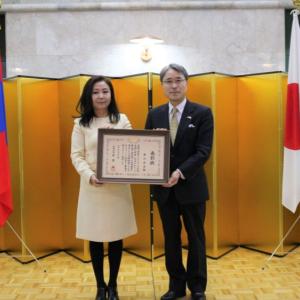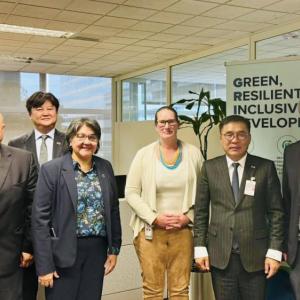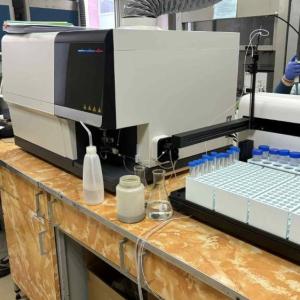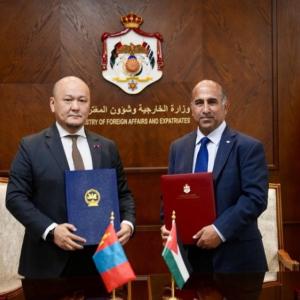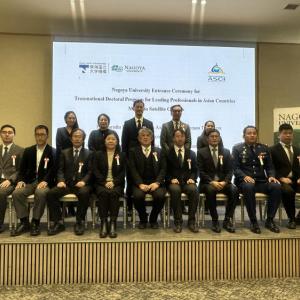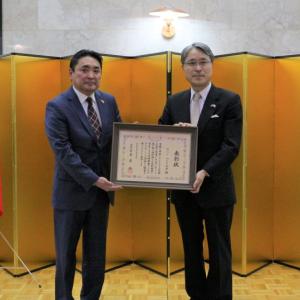Invention of new microsatellite on its way
Society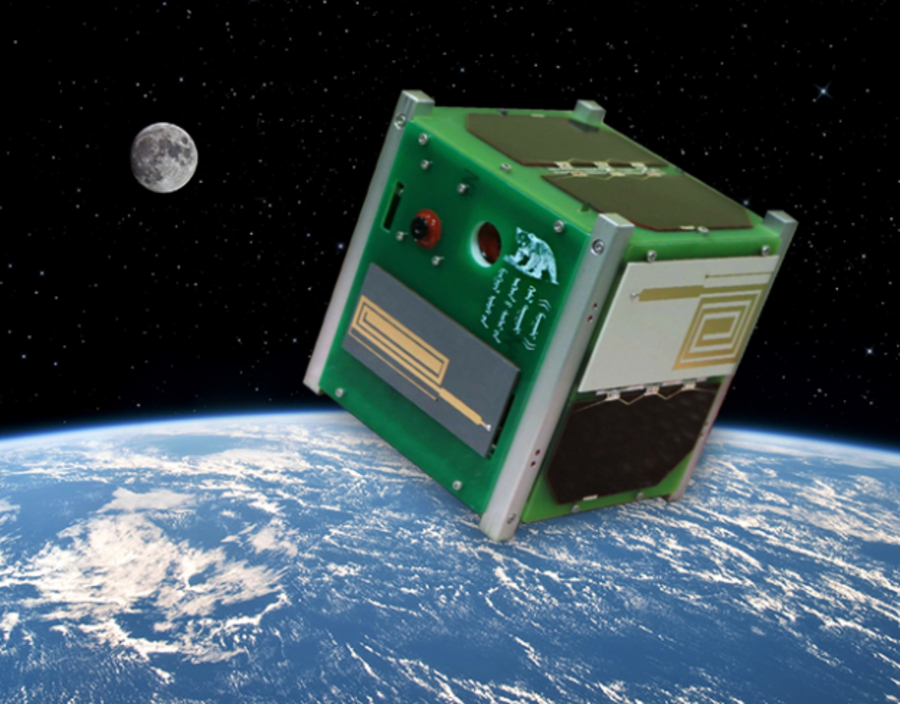
Ulaanbaatar /MONTSAME/ A forum themed ‘Opportunity to efficiently use information received from microsatellite in scientific, social and economic spheres’ was held by the National University of Mongolia (NUM) on January 30, with purpose to define possibilities of tackling pressing issues with the help of information received from microsatellite.
Mongolia’s first satellite ‘Mazaalai’ launched into space on June 4, 2017, and entered trajectory orbit on July 7. Scientists of the NUM who invented the satellite in collaboration with the Hokkaido University and Tohoku University of Japan, have already started their research work to create next microsatellite. The ‘Mazaalai’ satellite has capability to provide images and airing national anthem of Mongolia. The new microsatellite will have more capacity than Mazaalai satellite including determining weather and pasture conditions and passing information.
Having own microsatellite is crucial to prevent from natural disaster, accurately define disaster and catastrophe and to develop society and economy, noted D.Erdenebaatar, Director of Nanosatellite laboratory of NUM. It is estimated that USD 3-5 million and two years of period will be required to create the new microsatellite, while USD 100 thousand was spent to invent ‘Mazaalai’ satellite, he said.
Hero of Mongolia and the Russian Federation, astronaut major general J.Gurragchaa underlined that Mongolia has succeeded to create its own satellite and is training astronautical specialists collaborating with Japan. To strengthen the achievement, it is necessary to formulate state policy on austonautics and to establish special agency in this direction.
Also it is possible to establish a space research unit or working group based on Mongolian Academy of Sciences, said Dr.B.Suvdantsetseg, Senior specialist of the Academy.
At the end of the forum, attendees agreed to make a recommendation reflected the proposals and submit it to the Government and related organizations.
B.Batchimeg
 Ulaanbaatar
Ulaanbaatar
























